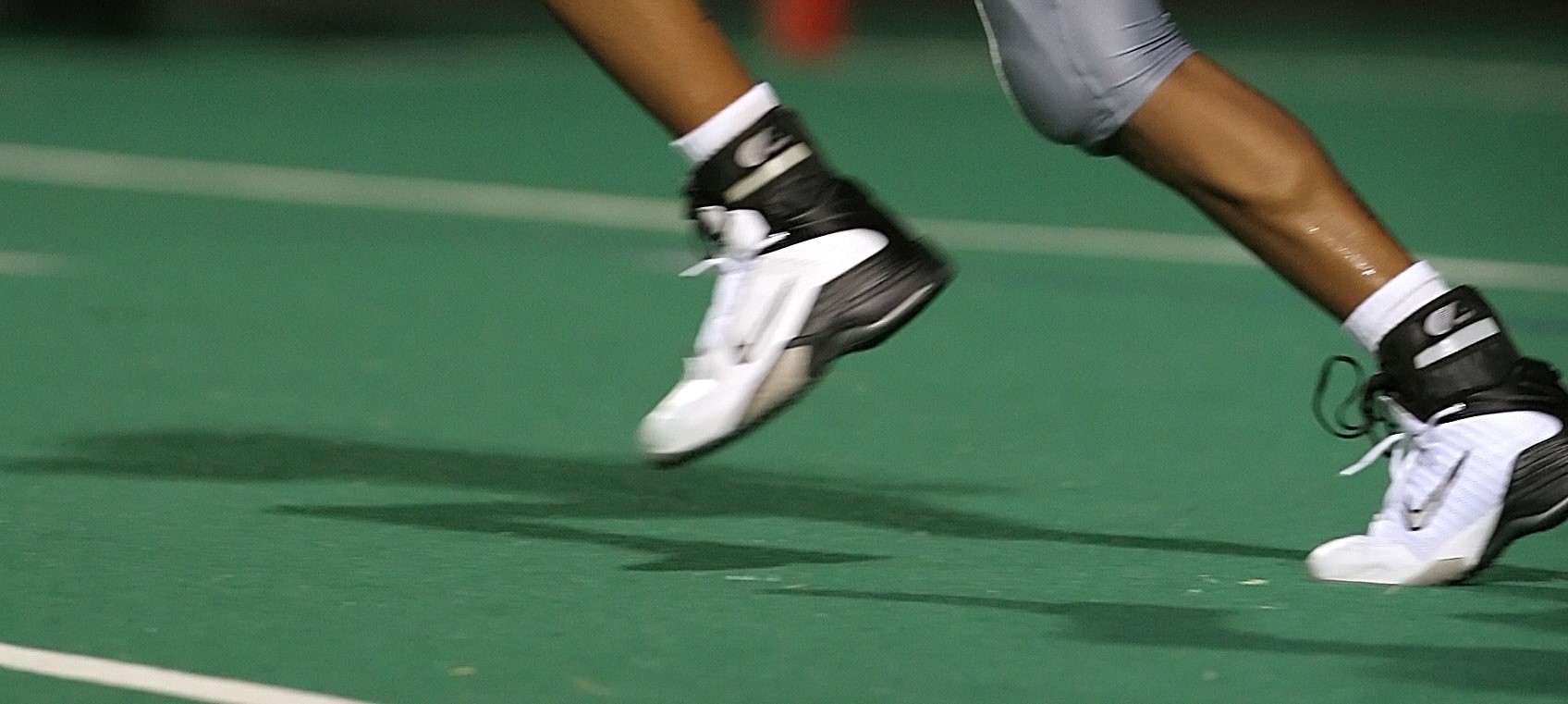
Earlier this January, the world of the NFL was completely rocked by the collapse of Buffalo Bills player Damar Hamlin on the field during a cardiac arrest that stopped the game cold in a historically unprecedented event. Damar Hamlin spent more than a week in the hospital as physicians attempted to untangle the cause and effect of the cardiac arrest in the 24-year-old safety. He was then discharged with the full confidence of his doctors to continue rehabilitation at home according to a statement released by the Bills. While the freak occurrence has sparked an outpouring of emotional and financial support for Damar Hamlin and his charitable foundation respectively, it has also sparked a larger conversation amongst players, commentators, and fans alike regarding how the NFL cares for their best and boldest when it comes to their quality of care and investment in their longevity.
In team sports such as football, where the players play under the direction or control of a coach and/or manager, they are considered employees of the parent organization—in this case the NFL. It’s difficult to think of sports franchises as having a corporate structure, but in the same way the practices, policies, and procedures of a corporation can have an effect on the employees at the bottom of the chain of command, the way the NFL chooses how to prioritize the health and well-being of their players obviously has a ripple effect throughout the franchise. When talking about corporate culture, leadership is always advised to prioritize the health and happiness of their employees over profit, and players in the NFL should be no exception.
Damar Hamlin was originally hospitalized during a game in Cincinatti against the Bengals when his heart stopped following a tackle on January 2. While no cause of Hamlin’s cardiac arrest and collapse has been publicly disclosed, the Bills’ Twitter account reported that he underwent a “comprehensive medical evaluation, as well as a series of cardiac, neurological, and vascular testing.” His recovery from this incident was accredited to the swift response of medical personnel who rushed the field after Hamlin went down—Hamlin was revived twice before even being taken off the field—actions which not only saved his life, but his long-term neurological function. The incident shook both players and fans alike as they struggled to wrap their minds around how a 24-year-old, second-year NFL player could suffer such a traumatic medical event.
The game was eventually cancelled outright by the NFL, garnering raised eyebrows and visions of a future pivot of values within the league that prioritizes players’ health and safety over the fan experience of the sport. It’s true that pro-athletes have suffered devastating injuries on the field before, but the overall reaction from the teams, the staff, fans, and the NFL have marked this event as significant in the ongoing discourse surrounding care of pro-athletes. While Hamlin may have received thoughts and prayers from fellow players and fans, it still left open the question of how Hamlin would be able to access financial support for his medical needs in the event he would not be able to play another game in the NFL. Due to being only two years into his contract, Hamlin would not have been able to access his pension. However, after an appeal to the NFL and NFLPA by the Bills organization on his behalf, in an unprecedented move, it has been announced that Damar Hamlin’s contract has been adjusted so that he can have access to the $3.64 million set out in his four-year contract with the Bills—a decision that could be a harbinger of positive changes on the horizon when it comes to the terms of future pro-athletes’ contracts.
What happened to Damar Hamlin has sparked a comprehensive conversation regarding the terms of players’ contracts and how the NFL chooses to enforce those contracts. Choosing to pay Damar Hamlin in full for a four-year contract in his second year of tenure with the Bills to mitigate the financial impact of what he survived on the football field is an undeniable prioritization of his well-being. Should the NFL continue to make similar decisions with other players who are injured during games going forward, it would be a marked improvement in the corporate culture of the organization.



